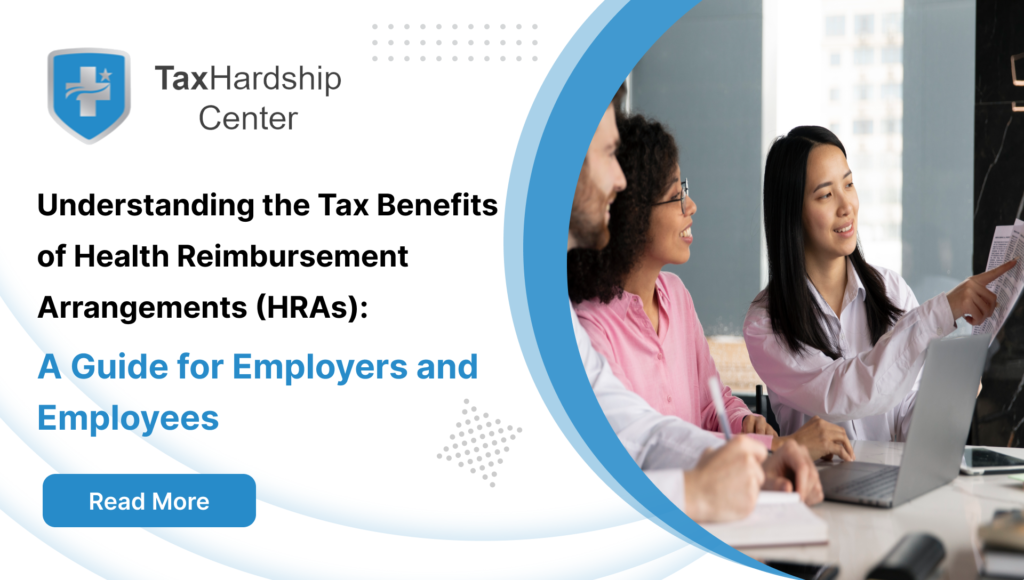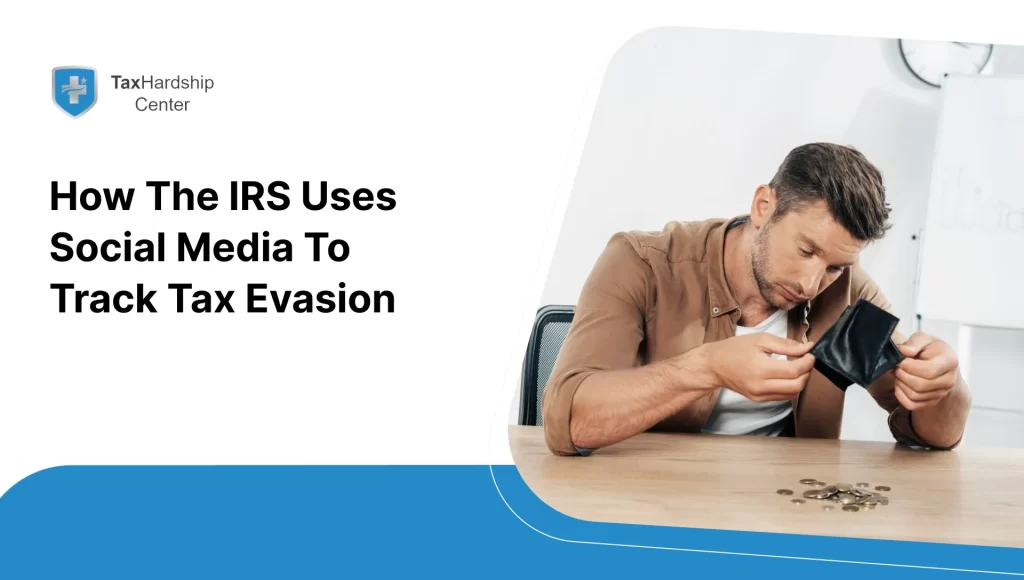Health Reimbursement Arrangements (HRAs) have emerged as a significant component in modern employee benefits packages, offering substantial tax advantages to employers and employees. By understanding how HRAs function and the accompanying tax benefits, organizations and their staff can better navigate the complexities of healthcare expenses and overall financial planning. Let’s look at a comprehensive overview of HRAs, highlighting the key factors impacting income tax, health insurance, medical expenses, individual coverage, HRA exemption, and tax benefits.
What is a Health Reimbursement Arrangement (HRA)?
Health Reimbursement Arrangements (HRAs) are employer-funded plans designed to reimburse employees for qualifying medical expenses tax-free. Unlike other health savings options, HRAs are solely funded by employers, and the funds they contribute cover medical costs incurred by their employees. The overarching goal of HRAs is to provide a flexible and tax-advantaged method for managing healthcare expenses. This flexibility allows employees to access necessary medical services without worrying about the financial burden, promoting better health outcomes and job satisfaction.
Types of HRAs
There are different types of HRAs tailored to meet specific needs and scenarios, including:
- Qualified Small Employer HRA (QSEHRA): Designed for small employers with fewer than 50 full-time employees, allowing for the reimbursement of individual health insurance premiums and medical expenses. This type of HRA is ideal for small businesses looking to offer competitive benefits without the high costs associated with traditional group health insurance plans.
- Individual Coverage HRA (ICHRA): This type of HRA allows employers of any size to reimburse employees for individual health insurance premiums and other eligible medical expenses. ICHRAs offer great flexibility as they allow employees to choose the health insurance plans that best meet their needs, providing a personalized approach to healthcare.
- Excepted Benefit HRA (EBHRA): This type of HRA allows employers to offer additional reimbursement for certain limited benefits, such as dental or vision expenses, without requiring employees to participate in the primary health plan. EBHRAs are particularly beneficial for employees who may not need comprehensive health insurance but still require support for specific medical expenses.
How Tax Hardship Center Eases Tax Concerns
Navigating the complexities of HRAs and IRS regulations and ensuring compliance can be overwhelming. At Tax Hardship Center, we understand the challenges that employers and employees face and are here to help ensure a smooth and efficient tax resolution process.
Our experts can assist with:
- Maximizing HRA Benefits: We’ll guide you through the intricacies of Health Reimbursement Arrangements (HRAs) to help you provide accurate and detailed financial information and optimize tax advantages.
- Accurate Data Entry: To prevent issues with your HRA benefits and tax resolution, we ensure your forms and documentation are completed correctly, avoiding errors that could complicate your situation.
- Ongoing Support: We provide continuous support to help you manage your HRA plan, ensure compliance with IRS regulations, and address any changes in your financial circumstances.
- Tax Planning Advice: Receive personalized advice on tax planning to optimize your financial situation, manage your HRA contributions effectively, and maximize your tax benefits.
Focus on maximizing your healthcare benefits and resolving your tax issues; we’ll handle the complexities of HRAs and IRS regulations! Schedule a free consultation with the Tax Hardship Center today.
Tax Advantages of HRAs for Employers
- Employer Contributions
One of the primary tax benefits of HRAs for employers is that contributions made to employees’ HRAs are tax-deductible. This means employers can deduct the total amount they allocate to HRAs from their taxable income, reducing their overall tax liability. This tax advantage makes HRAs a cost-effective benefit option and allows employers to invest more in their workforce’s health and well-being without incurring excessive costs.
- Budget Control
HRAs offer employers a high degree of budget control, as they can define the amount of money they wish to allocate toward healthcare benefits. This allows for better financial planning and cost containment than traditional health insurance plans, where premium costs fluctuate significantly. By setting predictable limits on healthcare spending, employers can manage their budgets more effectively and ensure that their contributions are used efficiently.
Tax Benefits for Employees
- Tax-Free Reimbursements
One of the most attractive features of HRAs for employees is that the reimbursements they receive for qualifying medical expenses are typically tax-free. This means that employees do not have to pay income tax on the amounts reimbursed through their HRAs, increasing their disposable income. This tax-free benefit allows employees to stretch their healthcare dollars further, making it easier to afford necessary medical care without financial strain.
- Expanded Coverage
HRAs can significantly expand employees’ healthcare coverage, especially those enrolled in high-deductible health plans (HDHPs). By providing additional funds to cover out-of-pocket medical expenses, HRAs can bridge the gap between HDHPs’ deductibles and the actual costs incurred by employees, ensuring they receive needed medical care without financial strain. This expanded coverage helps employees maintain their health and productivity, contributing to a more efficient and engaged workforce.
Eligibility and Participation
Who Can Participate
The eligibility to participate in HRAs generally depends on the specific type of HRA offered. Typically, any company employee offering an HRA can participate, though certain eligibility criteria, such as enrollment in a health plan, may apply. Understanding the eligibility requirements for different types of HRAs is crucial for both employers and employees to make the most of these benefits.
How to Enroll
To enroll in an HRA plan, employees usually need to complete a few straightforward steps:
- Review Plan Details: Understand the specific HRA offered, including reimbursement limits and eligible expenses. Reviewing the plan details ensures that employees are fully aware of the benefits and how they can be utilized.
- Enrollment Form: Complete and submit an enrollment form provided by the employer. This form typically requires basic personal and employment information.
- Documentation: Provide any required documentation, such as proof of health insurance coverage, if applicable. Submitting accurate documentation helps avoid delays in enrollment and ensures that employees can start benefiting from the HRA as soon as possible.
Qualifying Expenses
IRS Section 213D
The types of medical expenses that HRAs can cover are generally defined under IRS Section 213D. These include a wide range of medical costs, such as:
- Doctor visits and co-pays
- Prescription medications
- Dental and vision care
- Mental health services
- Medical equipment and supplies
Understanding the scope of expenses covered under IRS Section 213D helps employees plan their healthcare spending and maximize their HRA benefits.
Examples of Reimbursable Expenses
Common examples of reimbursable expenses under an HRA include:
- Out-of-pocket costs for doctor visits
- Prescription drug costs not covered by insurance
- Dental procedures such as cleanings and fillings
- Vision care expenses, including eyeglasses and contact lenses
- Mental health counseling sessions
Knowing the types of expenses that qualify for reimbursement can help employees make informed decisions about their healthcare and utilize their HRA funds effectively.
Claiming HRA Benefits
The Claim Process
Submitting claims for HRA benefits typically involves the following steps:
- Incur the Expense: The employee pays for a qualifying medical expense out of pocket. It is essential to keep receipts and detailed records of these expenses.
- Submit a Claim: The employee submits a claim to the HRA administrator, usually via an online portal, along with the required documentation. This step ensures that the expenses are verified and meet the HRA guidelines.
- Reimbursement: Once the claim is reviewed and approved, the employee receives reimbursement, typically via direct deposit or check. Timely submission and accurate documentation facilitate a smooth reimbursement process.
Documentation Requirements
Proper documentation is crucial for the smooth processing of HRA claims. Employees need to keep receipts and records of all medical expenses incurred. This documentation should include:
- Date of service
- Type of service or item purchased
- Amount paid
- Name of the provider or vendor
Maintaining accurate records ensures employees can substantiate their claims and avoid reimbursement delays. Proper documentation also helps resolve any discrepancies during the claim process.
HRA Plan Design and Customization
Employer Flexibility
One of the standout features of HRAs is the flexibility they offer employers in designing benefits plans. Employers can tailor HRA plans to meet the unique needs of their workforce, such as varying contribution amounts based on employee roles or providing additional funds for employees with dependents. This customization allows employers to create a benefits package that aligns with their organizational goals and employee needs, fostering a more supportive and engaging work environment.
Employee Engagement
HRAs can play a critical role in boosting employee engagement and wellness. By offering financial support for medical expenses, HRAs encourage employees to seek preventive care and manage chronic conditions more effectively. This, in turn, can lead to a healthier, more productive workforce and reduce overall healthcare costs for the employer. Engaged employees are more likely to stay with the company, reducing turnover and enhancing overall organizational stability.
Navigating HRA Regulations
Compliance
Compliance with IRS regulations is essential when offering and using HRAs. Employers must ensure that their HRA plans meet all legal requirements, including:
- Adhering to contribution limits
- Providing required documentation and disclosures to employees
- Ensuring that HRA funds are used exclusively for qualifying medical expenses
- Maintaining compliance helps avoid legal issues and ensures that HRAs’ tax advantages are preserved. Employers should regularly review their HRA plans to ensure compliance with regulation changes.
Recent Changes
Significant updates to HRA regulations have recently occurred, which employers and employees should be aware of. For instance, the introduction of ICHRAs in 2020 has expanded the flexibility of HRAs, allowing employers to offer individual coverage options. Staying informed about such changes is crucial for maximizing the benefits of HRAs. Employers should provide ongoing education and communication to employees about these updates to ensure everyone knows the available benefits and how to use them effectively.
HRA vs. Other Health Savings Options
Comparing HRAs to HSAs and FSAs
When evaluating health savings options, it’s essential to understand how HRAs compare to other popular options like Health Savings Accounts (HSAs) and Flexible Spending Accounts (FSAs):
- HRAs: Employer-funded and typically more flexible in terms of covered expenses. HRAs do not require employee contributions, making them an attractive option for those who prefer employer-sponsored benefits.
- HSAs: Employee-owned accounts that offer triple tax benefits (tax-deductible contributions, tax-free growth, and tax-free withdrawals for medical expenses) but require enrollment in a high-deductible health plan (HDHP).
- FSAs: Employer-sponsored accounts that allow employees to contribute pre-tax dollars for medical expenses but often have a use-it-or-lose-it provision, meaning funds must be used within the plan year, or they are forfeited.
Key Differences
- Funding: HRAs are solely funded by employers, whereas HSAs and FSAs can involve employee contributions.
- Portability: HSA funds are owned by the employee and remain with them even if they change jobs, while HRA funds typically do not carry over if an employee leaves the company.
- Flexibility: HRAs offer flexibility in plan design and covered expenses, while FSAs and HSAs have more stringent rules and contribution limits.
Understanding these differences helps employers and employees choose the best health savings option to meet their needs and maximize their tax benefits.
Choosing the Right Option
Choosing the best health savings option depends on individual circumstances, such as:
- Income Level: Higher-income employees might benefit more from the tax advantages of HSAs.
- Healthcare Needs: Employees with high out-of-pocket costs might find HRAs more beneficial.
- Flexibility: HRAs offer more flexibility regarding covered expenses and employer control.
Careful consideration of these factors can help employees and employers make informed decisions about their healthcare benefits.
Conclusion
Health Reimbursement Arrangements (HRAs) offer employers and employees significant tax benefits and flexibility. By understanding the different types of HRAs, their tax advantages, and the qualifying expenses they cover, you can make informed decisions about incorporating HRAs into your benefits package. While HRAs present numerous advantages, including tax-deductible employer contributions and tax-free employee reimbursements, navigating regulatory compliance and the specifics of HRA plan design to maximize their benefits is essential. Additionally, weighing HRAs against other health-saving options like HSAs and FSAs can help tailor healthcare benefits that best meet individual and organizational needs. By doing so, employers and employees can better manage medical expenses, enhance healthcare coverage, and achieve greater financial well-being.
Why Tax Hardship Center?
1. Hassle-Free Assistance:
Say goodbye to sleepless nights and endless tax-related stress. At the Tax Hardship Center, we believe in simplifying the complex. Our team of experts is dedicated to guiding you through every step of the process, ensuring that your tax concerns are met with precision and care.
2. 14-Day Money Back Guarantee:
We’re so confident in our ability to ease your tax worries that we offer a 14-day money-back guarantee. If, for any reason, you’re not satisfied with our service, we’ll gladly refund your investment. Your peace of mind is our top priority!
3. Free Consultation:
Are you curious about how we can transform your tax experience? Book a free consultation now! Our team will assess your situation, answer your questions, and provide free insights tailored to your needs.
4. Nationwide Coverage:
No matter which corner of the United States you call home, the Tax Hardship Center covers you. We proudly serve all 50 states, bringing our expertise to your doorstep. Wherever you are, our commitment to excellence follows.
FAQs:
1. What is a Health Reimbursement Arrangement (HRA)?
Health Reimbursement Arrangements (HRAs) are employer-funded plans that tax-free reimburse employees for qualifying medical expenses. Employers contribute funds to HRAs, which employees can use to cover out-of-pocket medical costs.
2. What types of HRAs are available?
There are several types of HRAs, including Qualified Small Employer HRA (QSEHRA), Individual Coverage HRA (ICHRA), and Excepted Benefit HRA (EBHRA). Each type is designed to meet different needs and scenarios and offers flexibility in managing healthcare expenses.
3. What are the tax benefits of HRAs for employers?
Employer contributions to HRAs are tax-deductible, reducing the company’s taxable income and overall tax liability. HRAs also allow employers to control healthcare costs more effectively by setting predictable contribution limits.
4. How do employees benefit from HRAs?
Employees benefit from tax-free reimbursements for qualifying medical expenses, which increases their disposable income. HRAs also expand healthcare coverage by providing additional funds to cover out-of-pocket costs, especially for those with high-deductible health plans.
5. How do employees submit claims for HRA benefits?
Employees submit claims by incurring a qualifying medical expense and then submitting the claim to the HRA administrator along with the required documentation. Direct deposit or check reimbursement is issued once the claim is reviewed and approved.








